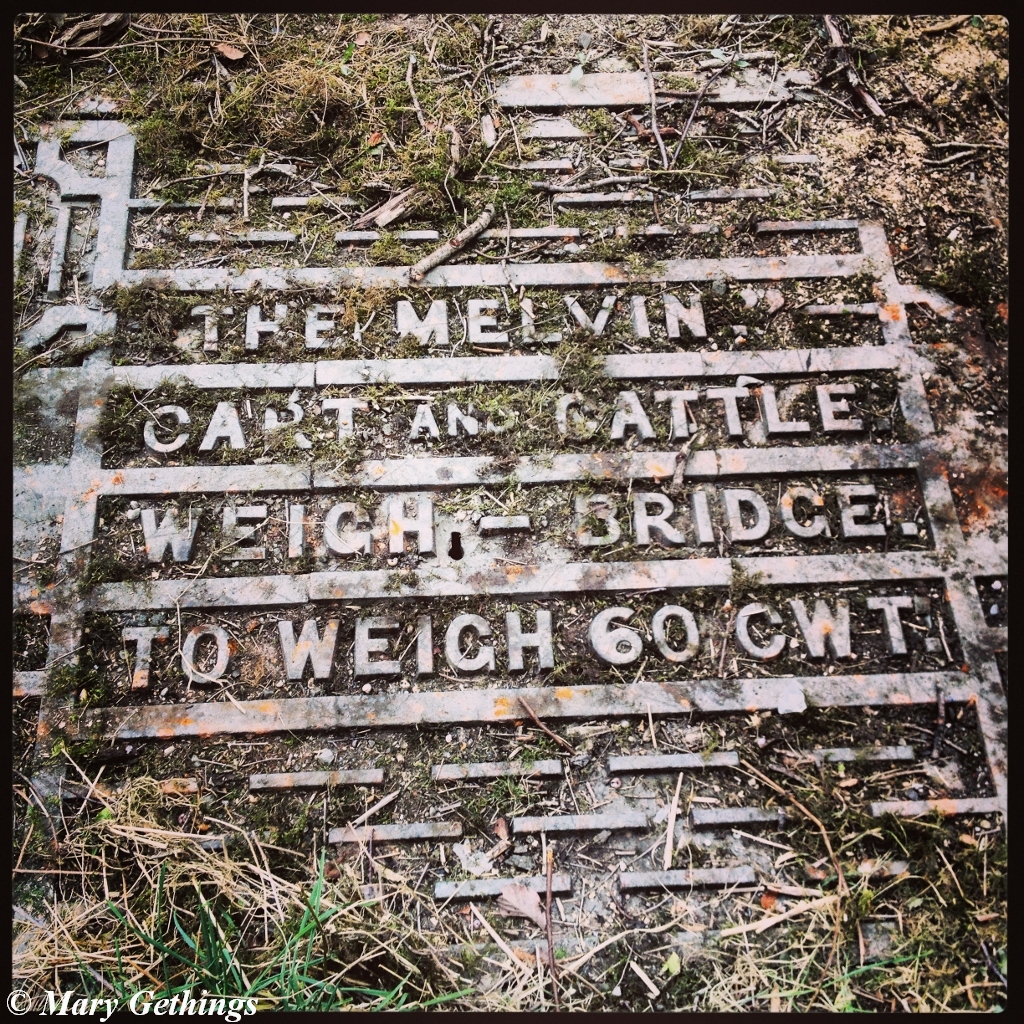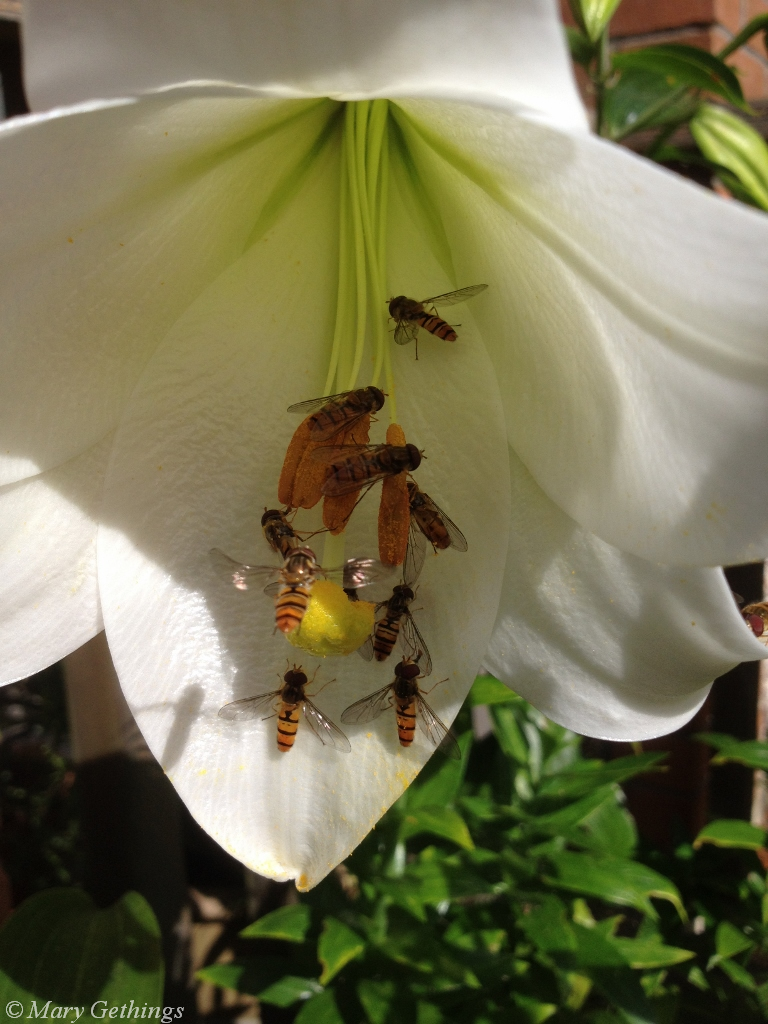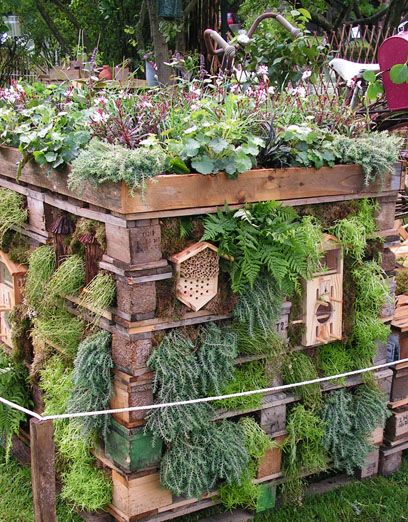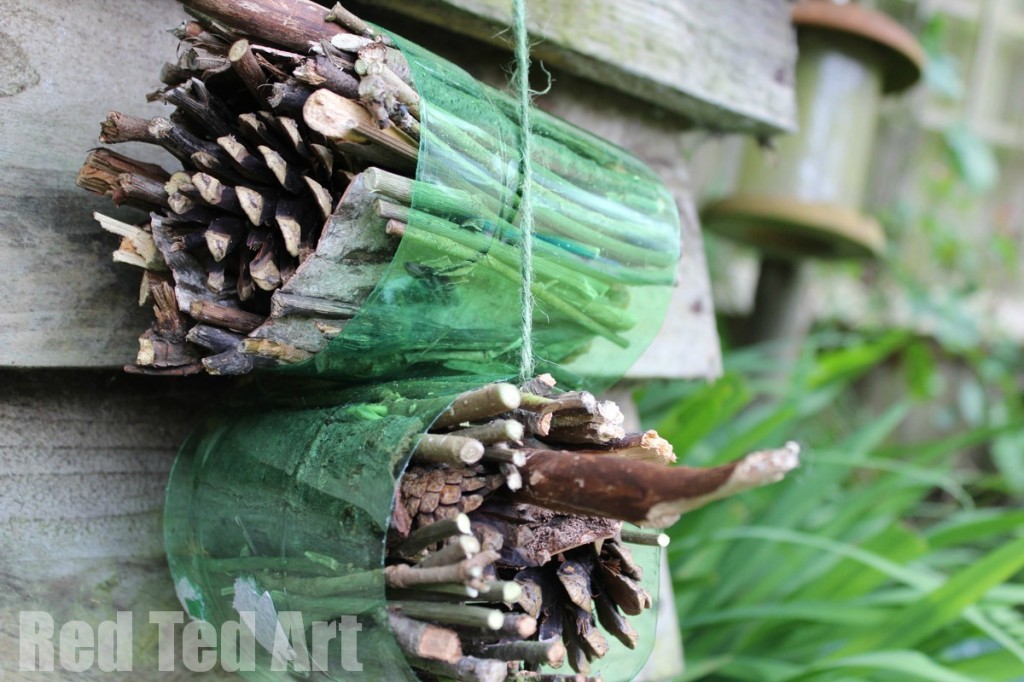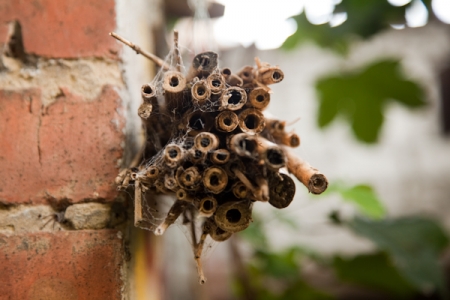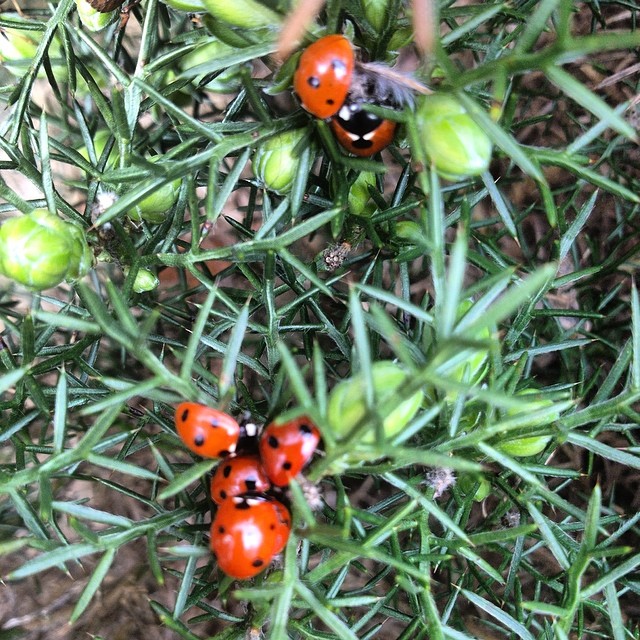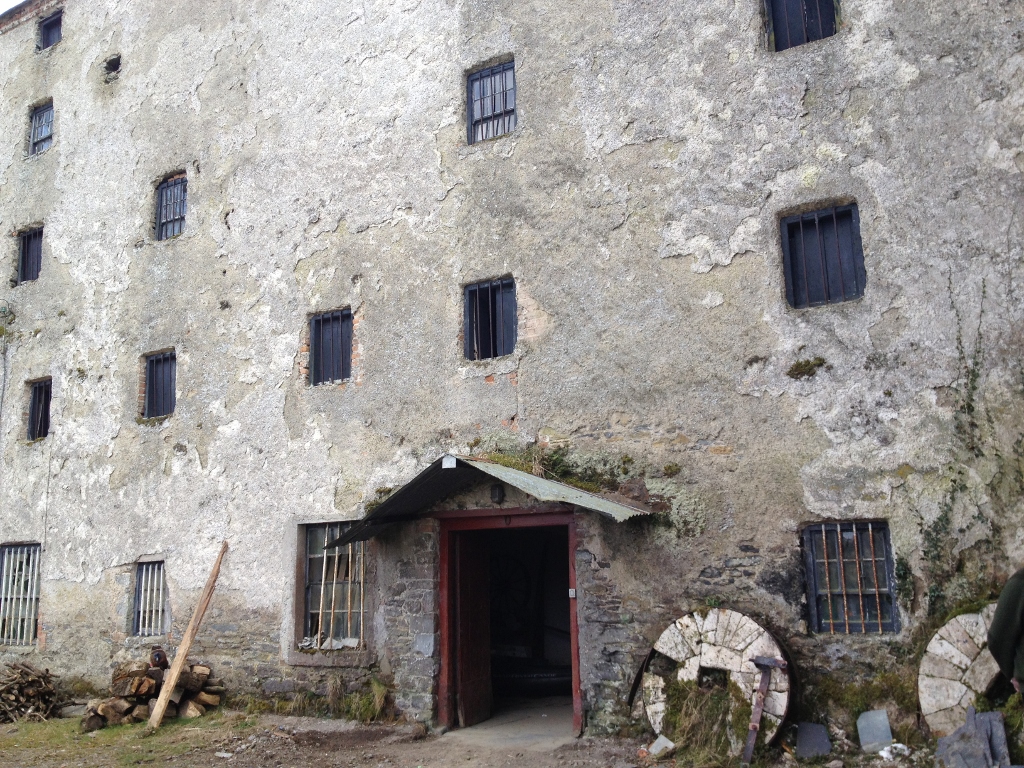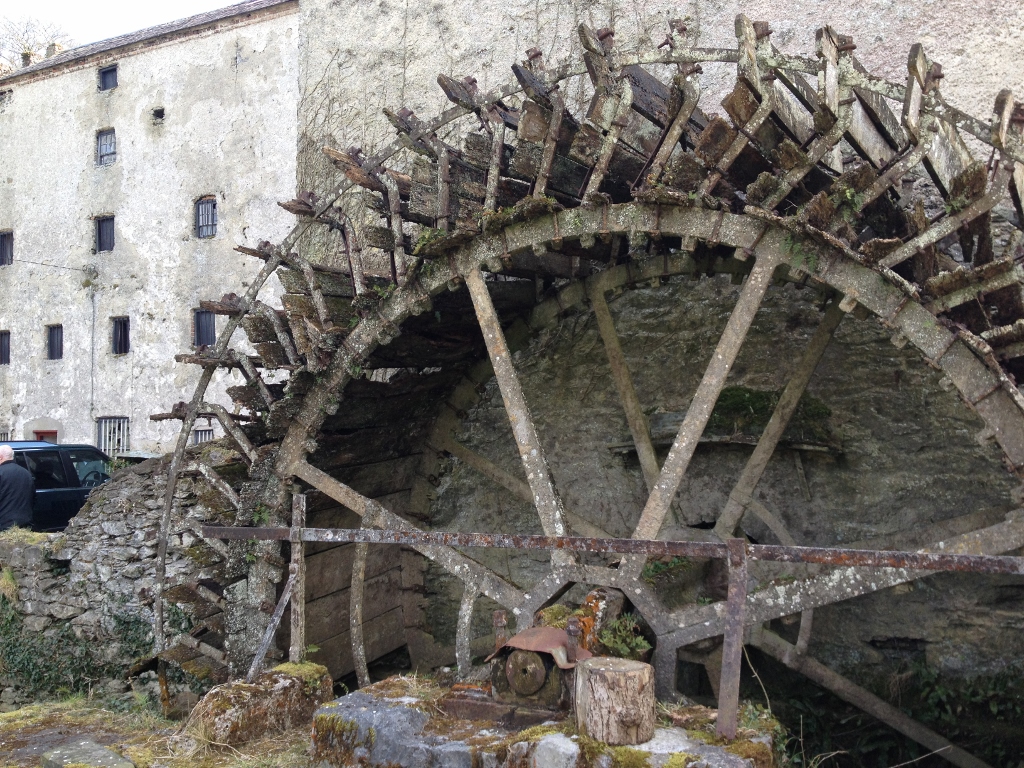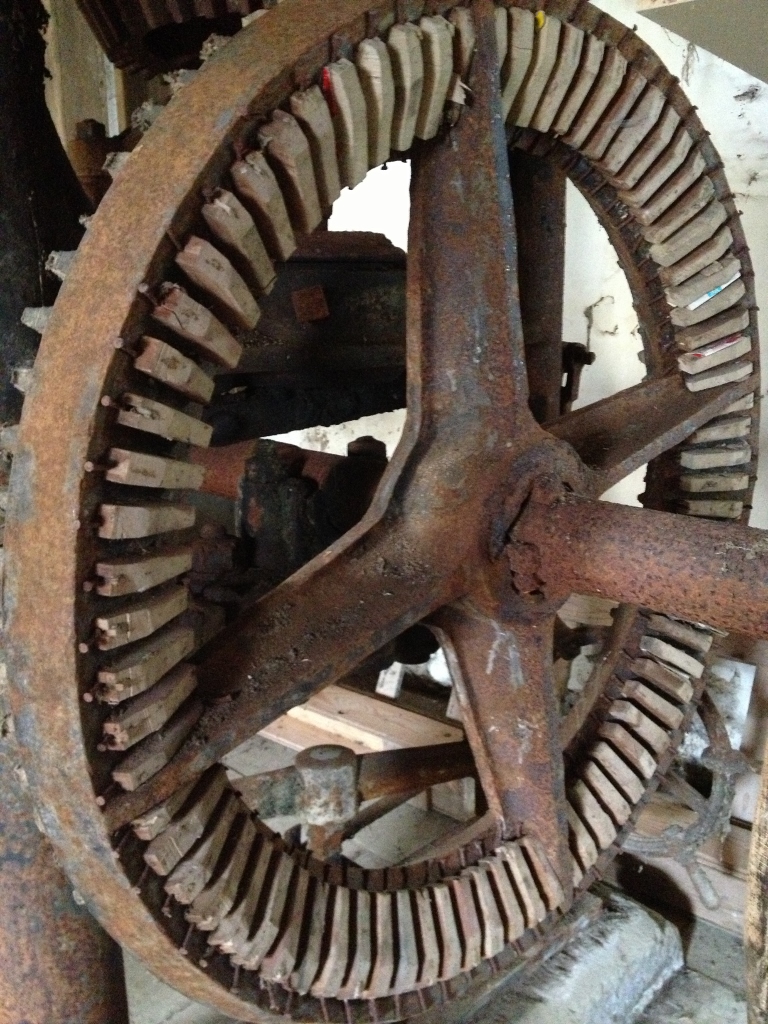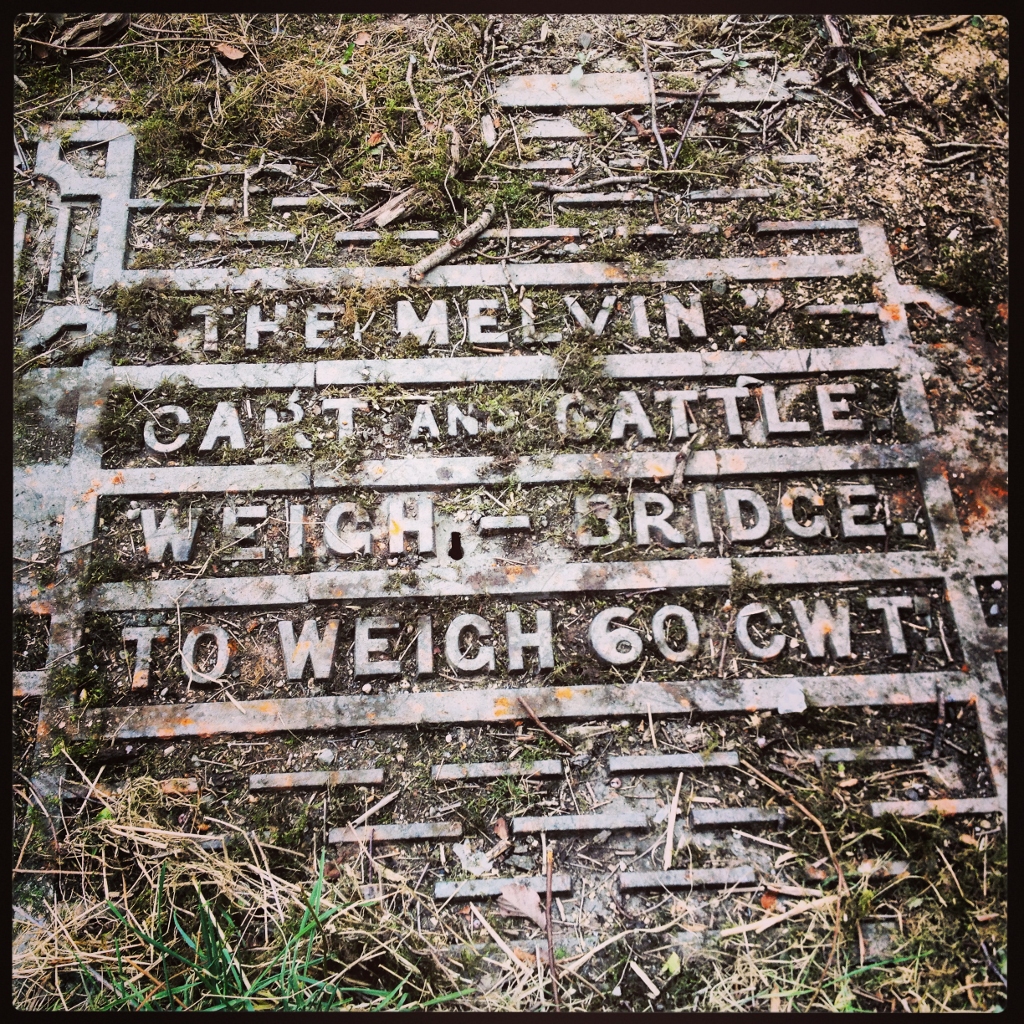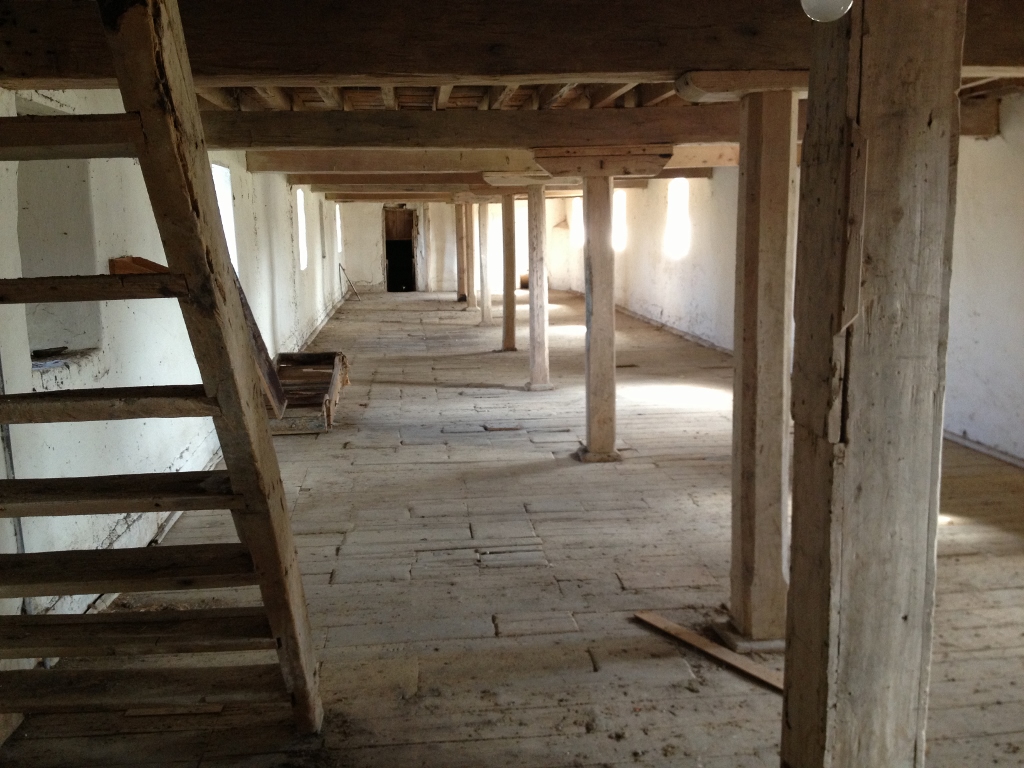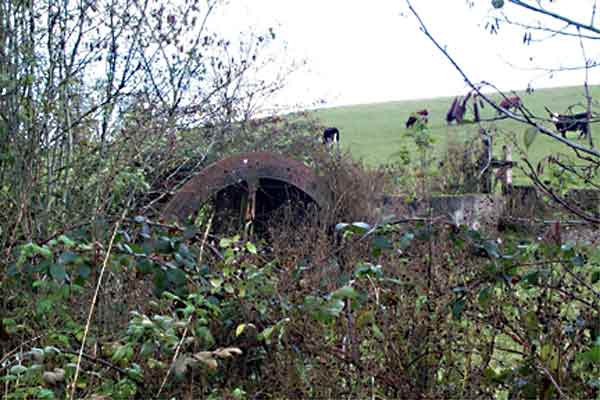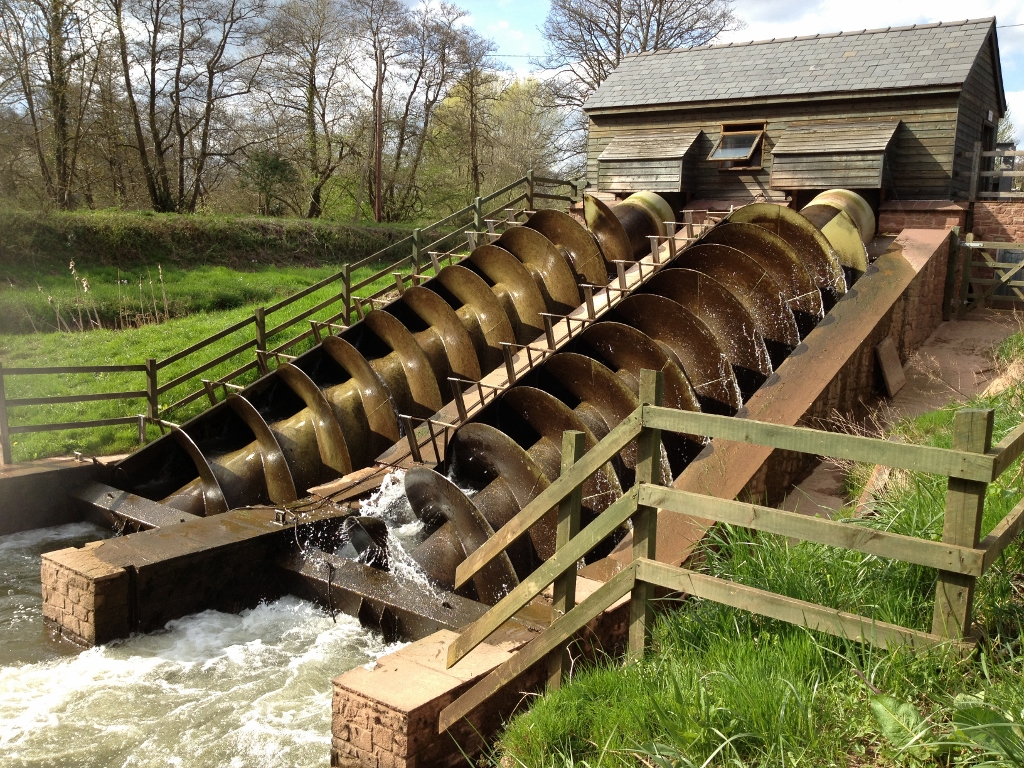Ampair completes Westwind acquisition and now provides worlds largest range of small wind turbines
Ampair, the Dorset-based wind turbine manufacturer, has completed its acquisition of Westwind, the Belfast-based wind turbine manufacturer. Ampair, with over 40-years’ experience, is the UK’s oldest manufacturer of wind turbines. The acquisition allows Ampair to boast the title of having the largest range of wind turbines of any small wind manufacturer in the world, offering a selection of wind turbines from 100W through to 20kW.

These turbines are typically used on locations ranging from yachts to powering farms and houses. Ampair’s managing director David Sharman said this morning “the completion of this deal puts Ampair in a very strong position for the future with business risk diversified against a wide portfolio of time-served turbine products, including three MCS-certified turbines. With a range of eight turbines we can always offer the customer the right turbine for their needs.
We in the industry are all too familiar with the overnight collapse of manufacturers who rely on only one or two turbines or immature product. A particular strength of Ampair is the long term commitment to serving a global market and this reduces our exposure to short term local politics that can influence individual countries. As a result of this acquisition we hope Ampair will continue to grow and be delivering turbines to happy customers for at least another 40 years. ”
We are the Irish resellers and installers of the Ampair range of wind and hydro turbines. If you have a suitable site for a wind turbine and interested in generating your own electricity or if you’re involved in the marine industry please contact us.
Ampair now have new operating facilities based in Antrim.

